
The Island of Dr. Brain is a 1992 puzzle adventure released by Sierra On-Line that blends whimsical exploration with rigorous brain-teasing challenges. Players roam the eccentric scientist’s island laboratory, cracking codes, matching symbols, and aligning musical scales to advance through richly illustrated chambers. The game’s intuitive point-and-click interface invites all ages to play online or offline with ease, offering a cerebral experience comparable to the atmospheric conundrums of Myst and the playful riddles of The 7th Guest. Each timeless scene, from crystalline caves to clockwork observatories, rewards logical thinking and a keen eye for detail.
Sierra On-Line carved a distinctive niche in the early nineties by weaving education and entertainment into a single seamless strand. The Island of Dr. Brain, the second entry in its beloved Dr. Brain series, landed during an era when CD-ROM drives were just beginning to whisper about multimedia futures and the term “edutainment” was finding its footing. Set on a remote volcanic atoll bristling with secret labs, botanical curiosities, and clockwork oddities, the adventure immediately distinguishes itself through a bright palette, a tongue-in-cheek storyline, and a commitment to cerebral play. Although its premise—collecting puzzle pieces to reach a final objective—might sound straightforward, the variety and layered difficulty ensure that every chamber feels fresh. Sierra’s trademark humor surfaces in passing jokes, eccentric contraptions, and the island’s proprietor himself, who watches from hidden monitors while players untangle his elaborate tests of wit.
Each room on Dr. Brain’s island poses an entirely new cognitive workout. One moment players reassemble tessellated museum floors; the next they tune a set of steel drums to match musical intervals or guide a robotic crab through a maze that teaches the basics of algorithmic thinking. Instead of relying on reflexes, the design champions observation, inference, and experimentation. Success rarely hinges on random clicking; careful study of environmental clues—engraved glyphs, color sequences, rhythmic motifs—reveals the logic under every surface. This structure gives the game a timeless quality. Modern adventure players, accustomed to procedural generation and downloadable content, still appreciate puzzles that can be solved only through raw reasoning. The Island of Dr. Brain quietly nurtures perseverance, rewarding each solved challenge with a celebratory flourish of animation and the pleasant spark of self-satisfaction. Even decades later, the tasks feel fresh because they draw on universal patterns—numbers, music, spatial relationships—that never go out of style.
Today the title remains remarkably accessible. Thanks to DOS emulation and lightweight file sizes, anyone can play The Island of Dr. Brain online without fees, installations, or regional restrictions. A modern browser effortlessly mimics the original hardware, whether you explore from a desktop workstation or a handheld phone while traveling. Touch input translates the old mouse cursor into fingertip taps, while virtual keyboards replicate occasional text-entry puzzles. Performance stays smooth because the program demands little more than a modest processor and a sliver of memory, ensuring that the island loads quickly even on modest devices. Multiplayer features were never a factor, so the single-player experience carries over intact: pristine, self-contained, and perfectly suited to short sessions during commutes or longer reflective evenings. In an age of live-service titles and sprawling updates, the ability to dive straight into a classic game, solve a few brainteasers, and exit without ceremony feels liberating.
Visually, The Island of Dr. Brain trades photo-realism for exuberant hand-drawn backdrops brimming with saturated hues and playful exaggeration. The artistry borrows from classic comic strips—bold outlines, expressive machinery, and larger-than-life flora—ensuring that the scenes remain inviting long after polygon counts become obsolete. Sierra’s audio department complements the graphics with a jaunty soundtrack blending Caribbean rhythms, quirky synthesizer leitmotifs, and subtle environmental loops. Each completed puzzle triggers a short fanfare that amplifies the sense of achievement. Voice acting is minimal, meaning the game sidesteps the risk of dated performances. Text pop-ups deliver puns, hints, and little lectures on cryptography or zoology, creating an educational undercurrent that never overwhelms the fun. Because these design choices draw more on imagination than on bleeding-edge tech, the presentation still feels fresh—proof that stylized artistry ages better than photorealism.
Long before “gamification” became a buzzword, The Island of Dr. Brain demonstrated how academic disciplines could flourish inside an entertaining framework. Teachers borrowed its logic grids to illustrate problem-solving strategies; parents lauded its capacity to transform a weekend gaming session into an informal lesson on binary numbers or basic topology. The title also championed inclusivity at a time when action-heavy shooters dominated sales charts. By emphasizing intellect over reflexes, Sierra invited a broader demographic—young children, older adults, and players with limited motor skills—to participate equally. Its influence echoes through modern puzzle adventures like Professor Layton and The Witness, which similarly combine a gentle narrative wrapper with a succession of brainteasers. While many contemporaries have faded into obscurity, Dr. Brain’s island persists because the core experience—walking into a vibrant space, discovering new mechanics, and mastering them through logical deduction—is evergreen.
The interface remains wonderfully intuitive. Anyone familiar with graphical adventures will feel at home clicking hotspots to examine curiosities or drag-and-drop items into contraptions. Keyboard shortcuts, while optional, allow quick navigation between rooms: arrow keys shift screens, while Enter confirms choices. Because controls are simple, mental effort can fully focus on deciphering clues rather than wrestling with input schemes.
The Island of Dr. Brain endures as a showcase of imaginative puzzle design, approachable storytelling, and cheerful educational spirit. Few games offer such a satisfying union of playful ambience and genuine cognitive stimulation. Whether you revisit it for nostalgic warmth or discover it for the first time on a tablet, the journey across Dr. Brain’s eccentric labs remains as delightful, challenging, and rewarding as ever. The mouse (or finger) is your compass, curiosity your passport, and steady logic your surest ally.
All used codes are publicly available, and the game belongs to its original authors.
Share game
Share game


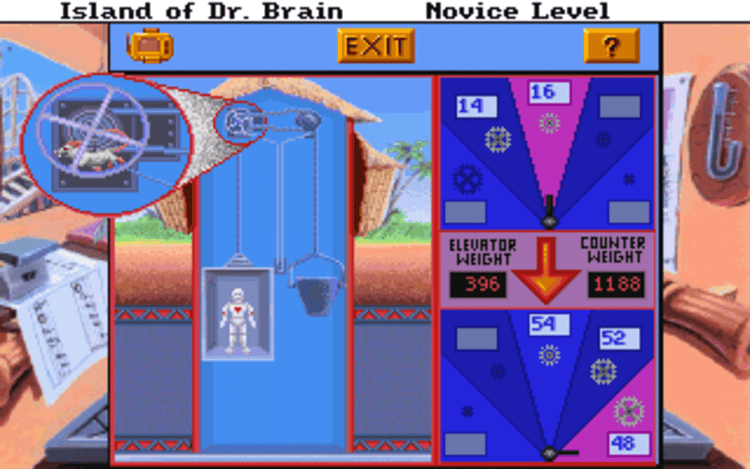
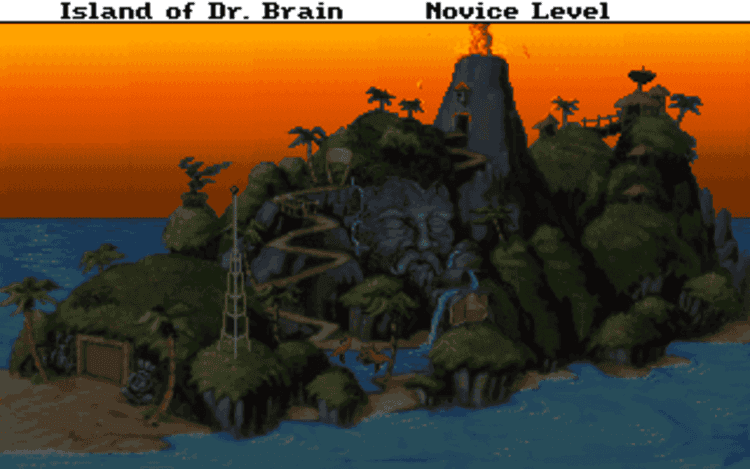
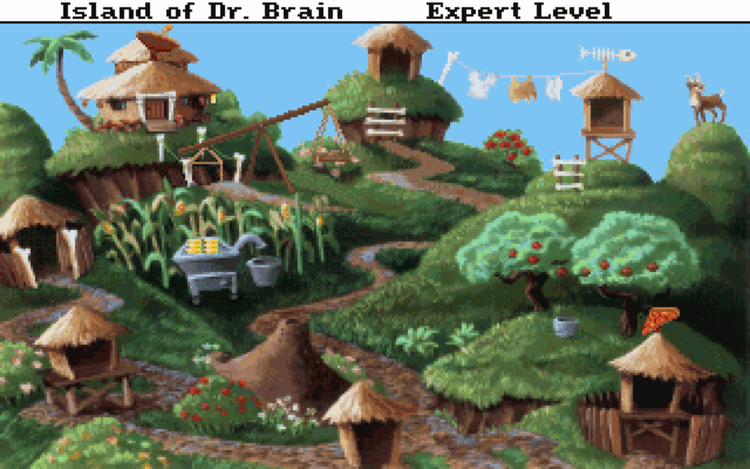
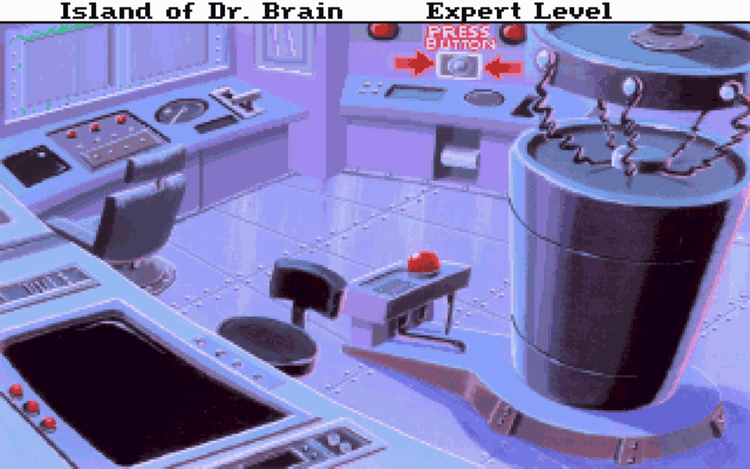
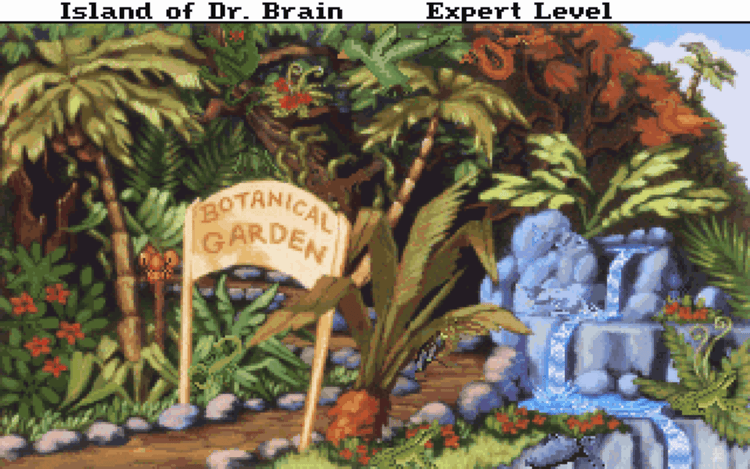

Share game